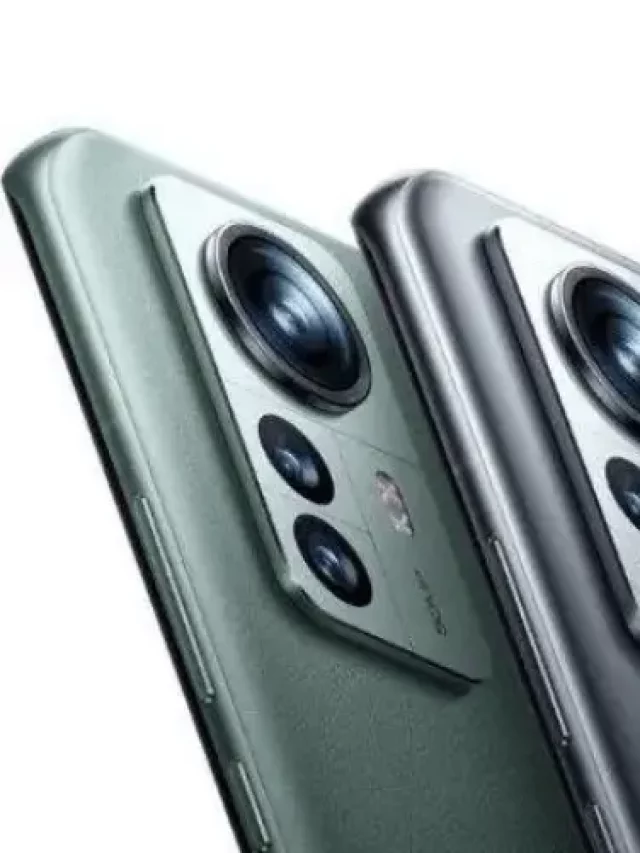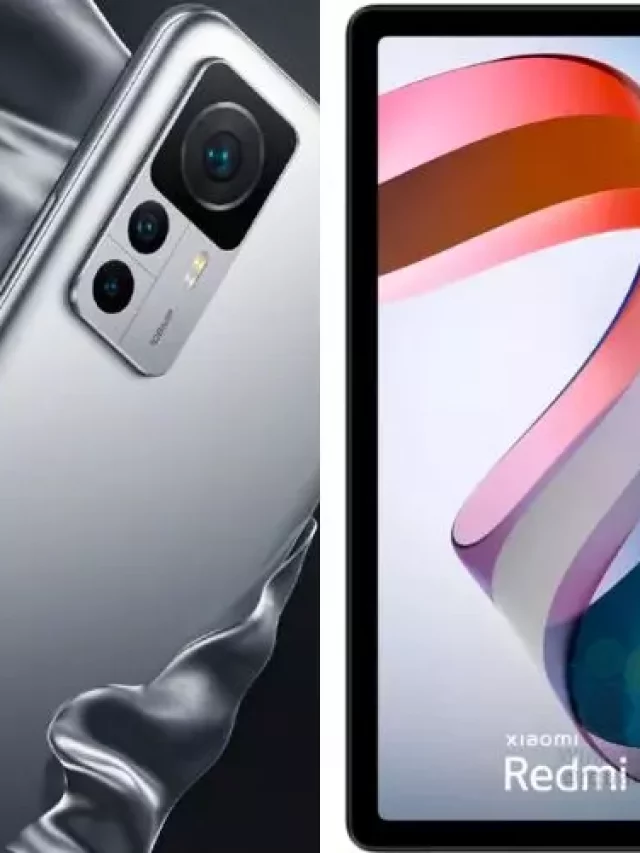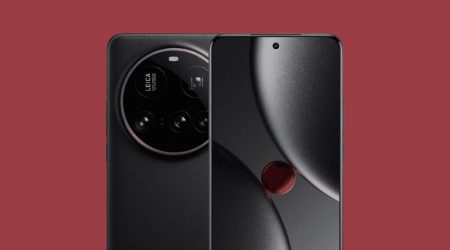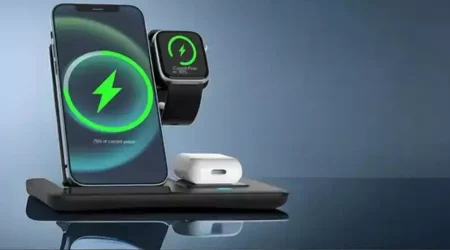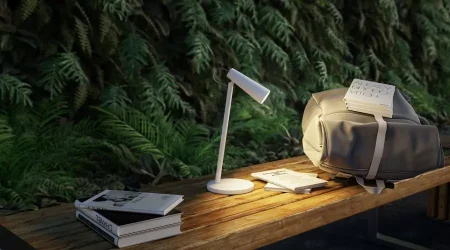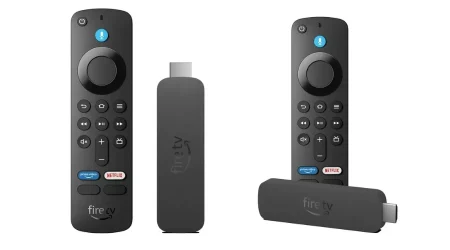In today’s digital age, 3D printing has revolutionised the way we bring our imaginations to life. At the heart of this transformative technology lies design software for 3D printing, a crucial tool for enthusiasts, professionals, and hobbyists alike. From crafting intricate prototypes to unleashing artistic creations, 3D printer design software serves as the gateway to endless possibilities. 3D printers help in creating a theoretical idea that comes to life. The practical uses of it are endless.
The idea initiates with a pre-set design or a product that can be made with less effort and materials required. However, one should keep in mind that a 3D printer is only with products that are comparatively more volatile to breakage and not very studied in their body. Let us explore the ins and outs of the software, from its benefits and considerations to its specifications and frequently asked questions.
What 3D Printer Design Software Helps In
It empowers users to materialise their ideas with precision and efficiency. Whether you’re a seasoned designer or a novice enthusiast, this software opens the door to a myriad of applications, including
Prototype Development
Design software facilitates the creation of detailed prototypes for product development and testing, enabling designers to iterate and refine their concepts seamlessly.
Customised Creations
With intuitive design tools and customizable features, users can craft personalised objects tailored to their specific needs and preferences, from bespoke jewellery to functional household items.
Artistic Expression
Artists and creatives can explore new dimensions of expression by translating their vision into tangible sculptures, installations, and artworks through 3D modelling and printing.
Educational Purposes
In educational settings, it fosters hands-on learning and innovation, allowing students to explore STEM concepts, visualise abstract ideas, and collaborate on interactive projects.
What to Look for Before Investing
Before diving into the world of 3D printer design software, consider the following factors to ensure you invest in the right tool for your needs:
User-Friendly Interface
- Prioritise software with an intuitive interface suitable for users of all skill levels.
- A user-friendly interface enhances productivity and creativity by minimising the learning curve and simplifying workflows.
Compatibility
- Ensure compatibility with your existing hardware setup, including your 3D printer and operating system.
- Look for software that supports common file formats and seamlessly integrates with your preferred tools and workflow.
Feature Set and Functionality
- Explore the software’s feature set to ensure it aligns with your project requirements and aspirations.
- Look for robust design tools such as parametric modelling, mesh editing, and support generation to accommodate diverse projects and workflows.
- Consider additional features like version control, collaboration tools, and advanced rendering capabilities to enhance your design process and output quality.
Community and Support
- Prioritise software with an active user community and reliable customer support.
- An active community provides access to valuable resources, tutorials, and peer-to-peer support, facilitating learning and troubleshooting.
- Reliable customer support ensures assistance and guidance when encountering challenges or requiring technical assistance, fostering confidence and peace of mind.
Introduction to Specifications
When evaluating 3D printer design software, familiarise yourself with key specifications that will help you get better outputs from your inputs. Some of the basic specifications are necessary when using 3D printers for an optimum output result.
Supported File Formats
Ensure compatibility with common file formats such as STL, OBJ, and STEP to import and export designs seamlessly across platforms and software.
System Requirements
Check the software’s system requirements in terms of CPU, RAM, and graphics capabilities to ensure smooth performance on your computer or workstation. For devices with lower system capabilities, you can always look at small and local hardware and software updates to have a better system that can handle the 3D printer’s system requirements.
Printing Capabilities
Explore the software’s printing capabilities, including print bed size, layer height, and support structure generation, to optimise output quality and printing efficiency.
Conclusion
3D printer design software stands as a gateway to boundless possibilities. It empowers users, whether seasoned professionals or enthusiastic amateurs, to translate imagination into tangible reality with precision and finesse. As we pave the road to the dynamic landscape of design, education, and artistic expression, investing in the right software is paramount. It’s not merely about selecting a tool; it’s about embracing a journey of exploration and discovery, where each click and stroke opens new vistas of creativity. With the right software as our ally, we embark on a voyage of endless innovation, propelled by the desire to push boundaries and reshape our world.
Let’s harness the power of technology, fuel our passion for creation, and embark on a transformative journey into the realm of three-dimensional beauty with Adobe’s 3D printer design software. Adobe provides one of the best and most free 3D printing design software for both beginners and professional workers.
For more information visit Findwyse!





